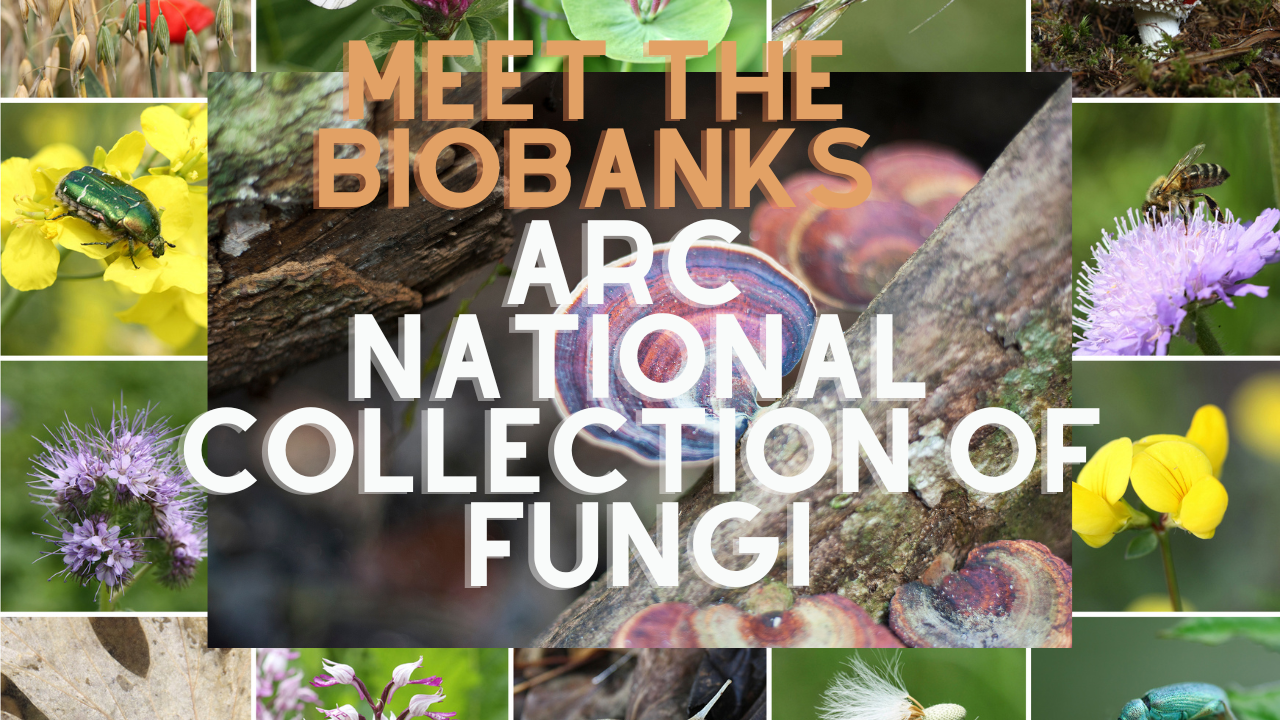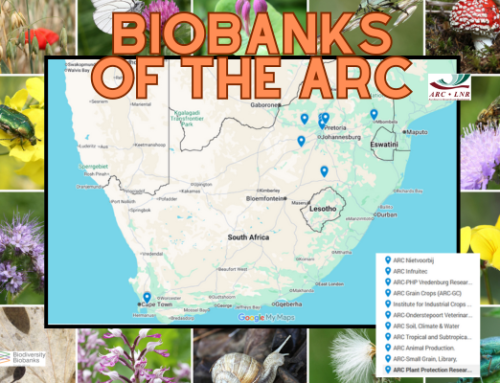Meet The Biobank: ARC National Collection of Fungi – More Than Mushrooms
The Agricultural Research Council (ARC) has several biobanks that form part of the core biobank system of the Biodiversity Biobanks South Africa (BBSA), containing plant, animal and microbial-based assets scattered across 11 campuses in all 9 provinces of South Africa. And few of those are as weird or wonderful as the National Collection of Fungi (NCF), a biobank under the custodianship of the ARC Plant Health and Protection unit.

The ARC National Collection of Fungi is one of the BBSA’s weirdest and most wonderful biobanks.
Established in 1905, and better known by the international acronym PREM (PRE for Pretoria, where it’s situated, and M defining the collection as being mycological), the NCF is a World Federation for Culture Collections (WFCC) registered entity and a signatory of the 1977 Budapest Treaty on the International Recognition of the Deposit of Microorganisms for the Purposes of Patent Procedure.
The NCF houses approximately 33 000 specimens of fungi from 159 genera from all over the world (and safeguards an additional 9000 strains from the SAMRC), offers six different diagnostic tests and is supported by six staff members, under the leadership of Dr Riana Jacobs Venter.

The ARC Invasive Fungi Hub houses several collections of fascinating, fearsome and even fun organisms.
Those staff members are kept busy duplicating and incorporating all fungal research collections across the 11 campuses of the ARC, generating DNA barcodes for some of these strains, and studying the phylogenetic relatedness amongst them. New species are identified and described in collaboration with the depositors.
The NCF has attained global exposure through fully funded formal collaborations with the Royal Botanic Gardens, Australia and with Centre for Agriculture and Bioscience International (CABI) under the Darwin initiative.
It’s also responsible for weighing up the impact of international exposure: The Agricultural Research Council’s newly-launched Invasive Fungi Hub (IFH) will amalgamate existing data and expertise across South Africa to better understand the threat posed by invasive fungi – and help provide biosecurity to ensure farmer profitability and food security.
“We all know invasive species are a big problem, especially when it comes to biosecurity and food security – but the global impact of invasive fungal species is not well understood,” Dr Jacobs notes. “The IFH will allow us to coordinate information so we know what we’re dealing with, where it’s distributed historically, and help custodians of collections be aware of the species of plant health concern, and changes in the species of concern that stem from changing trade patterns, crops or farming practices.”
Want to know more about the National collection of Fungi, and the other ARC biobanks? Just watch this. Or do you want to know about the NCF’s Invasive Fungal Hub? We’ve got you covered. And while you’re at it, why not learn more about what biobanks are (and aren’t) all about?

What are biodiversity biobanks?
Biodiversity biobanks are repositories of biologically relevant resources, including reproductive tissues such as seeds, eggs and sperm, other tissues including blood, DNA extracts, microbial cultures (active and dormant), and environmental samples containing biological communities….






